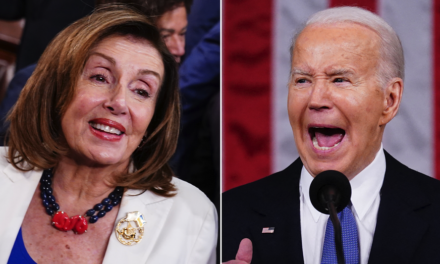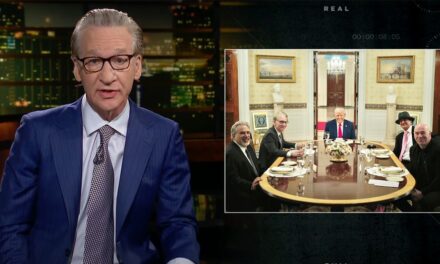The Washington Post is facing a period of uncertainty following the revelation that the newspaper has lost approximately 200,000 subscribers over a recent endorsement controversy. This development has raised questions about the paper’s ability to bounce back and stabilize its readership under the ownership of Jeff Bezos.
Staff members within the organization have expressed concerns over the impact this loss could have on the paper’s financial health and its long-standing reputation for journalistic integrity. The drop in subscriber numbers highlights the challenges faced by legacy media outlets in maintaining their audience amidst rapidly shifting media consumption habits and heightened scrutiny from the public.
The controversy began when The Washington Post reportedly made an endorsement that polarized its readership, leading to heated debates and dissatisfaction among its subscribers. This has sparked a wider conversation about the potential repercussions of such decisions on the credibility and trustworthiness of media institutions.
With traditional newspapers grappling with issues like declining print sales and the rise of digital media platforms, The Washington Post’s predicament serves as a cautionary tale about the balancing act between editorial decisions and business interests. Jeff Bezos, who acquired the outlet in 2013, has been credited with improving its digital presence and expanding its audience reach. However, the recent subscriber loss throws a spotlight on the complexities of navigating the changing media landscape.
Inside the Washington Post, there is a palpable sense of urgency as staff members strive to address the root causes of the subscriber exodus and attempt to restore confidence among their readers. The incident has prompted internal discussions about the role of endorsements in the paper’s strategy and how to maintain a nuanced balance between editorial independence and the expectations of their audience.
The broader media industry is watching closely as The Washington Post tackles this issue, with other outlets keen to learn from their response to such a significant subscriber loss. The situation underscores the importance for media companies to be attuned to the views and values of their audience and encourages a reflection on the boundaries of influence held by ownership over editorial choices.
As The Washington Post navigates these choppy waters, the management team is tasked with implementing strategies that could potentially rebuild the trust of their subscribers and ensure the publication’s viability in a competitive market. At the heart of this challenge is finding innovative ways to engage and retain its readership while staying true to its mission of high-quality journalism.
How The Washington Post will ultimately respond to these challenges remains a critical question, not just for the paper itself but for the future landscape of journalism where trust and credibility are cornerstones of success.
































